July 05, 2024
005 — Greg Williams is the cheeseburger your parents could barely afford
Learning what makes Greg Williams, and his images, so unique by way of a stretched but fitting metaphor involving a cheeseburger.
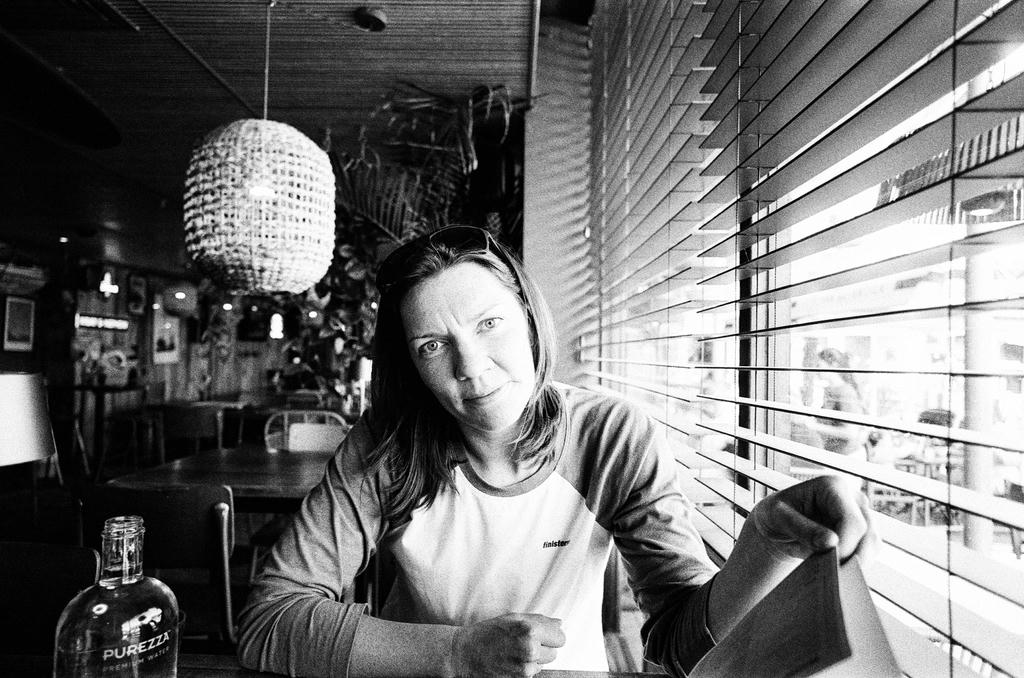
That header is correct. I did actually write those words. I’ve not gone crazy. I’m Jamie — of sound body and mind — and you probably signed up for this email on madebyjamie.com.
Let me explain myself. A while ago I watched “The Menu” — a horror film more accurately described as a twisted thriller, that tells the story of a burnt-out chef exacting his revenge on the industry that destroyed his love. It’s a good film and I’d encourage any creative person to watch it; but I can’t make my point without revealing the plot. Spoilers inbound.
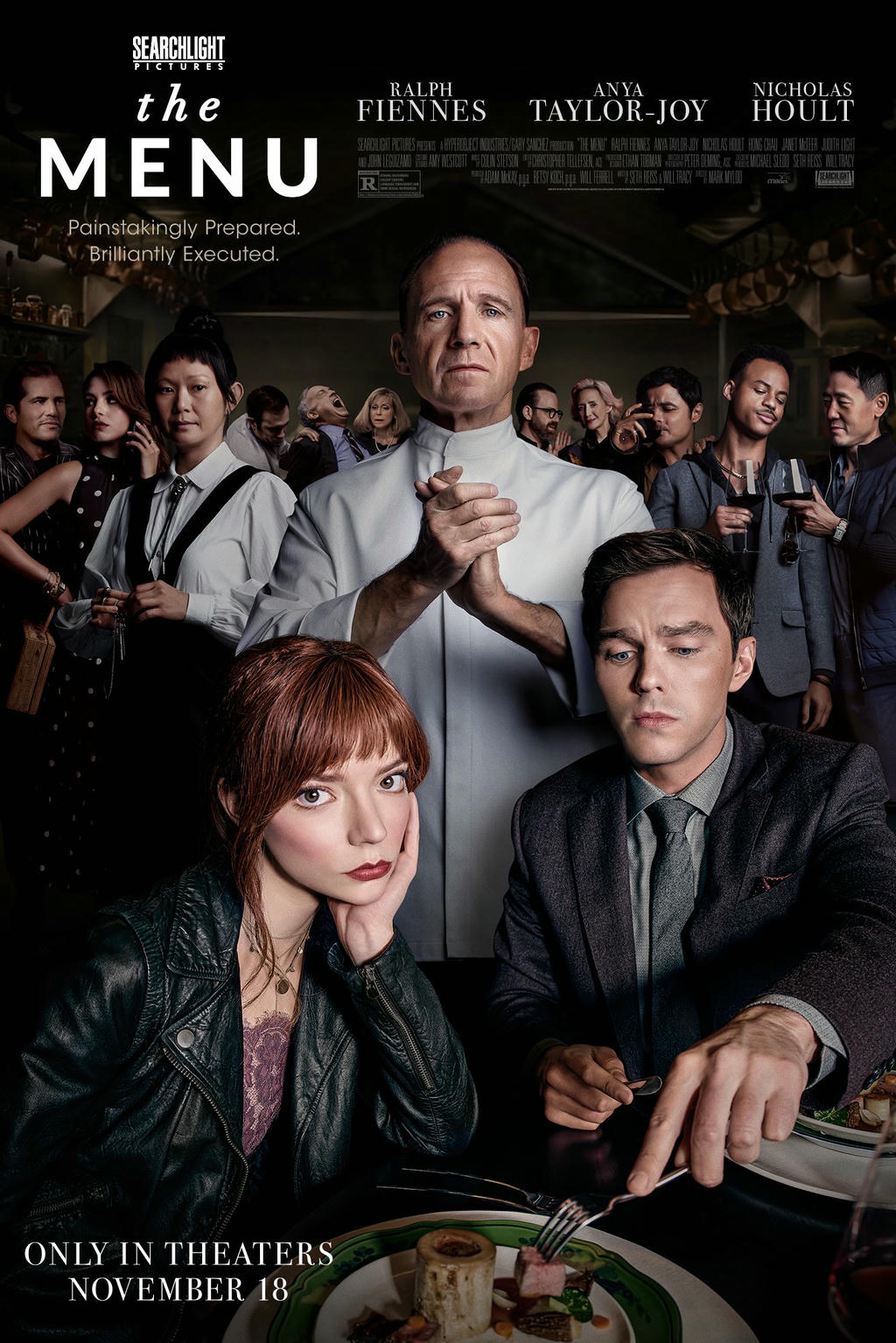
Our protagonist Margot — Anya Taylor-Joy — is hired to accompany Tyler — Nicholas Hoult — to an exclusive dining experience at the legendary restaurant Hawthorne run by chef Julian Slowik — Ralph Fiennes. Her presence throws Slowik as all the guests and staff at the restaurant will all die that night — deservedly in his mind — but she wasn’t meant to be there.
Tyler — her evening’s employer — is a sycophant, endlessly deconstructing and analysing Slowik’s work. Other guests include investors dictating the chefs direction, critics responsible for the demise of restaurants, unappreciative regulars and sell-out actors. Slowik all holds them responsible in some way for the tortured existence he finds himself in.
As the evening escalates and people start losing appendages along with their appetite, Margot is rebellious and outspoken in the face of what’s to come. She shows no reverence for Slowik, no sense of defeat or contrition as the other guests do. She hasn’t wronged Slowik, and he even begins to see some of himself in her as a fellow service worker. Through this burgeoning connection she is able to discover that Slowik started his journey flipping burgers, and the smiling, warm young person shown in a photo bares little resemblance to the grim figure she is now pitted against.
In a moment of confrontation and complete role-reversal she boldly states she doesn’t like Slowik’s food and would like to send it back. She claims that Slowik has taken the joy out of eating, instead replacing dishes with intellectual exercises. He cooks with no love, only obsession. — “Even your hot dishes are cold.” — Worst of all she is still hungry and would like a cheeseburger. A real cheeseburger.
In some very tense repartee, Slowik claims he’ll make her feel as if she’s eating the first cheeseburger she ever ate; the cheap one her parents could barely afford.
As he cooks it, the love — and joy — for cooking is evident again. No obsession this time. Margot manages to flip the script, teaching Slowik one last lesson. It’s enough to save her, but not everyone else.
All of this might go some way to explain my cryptic headline, but the film left me pondering what does this metaphorical cheeseburger look like in photography?
When you strip away all the pretence, the analysing, the deconstructing, the expense of endless cameras and lenses, the snobbery, what are you left with? Who are you left with? The humble cheeseburger was a fantastic illustration of simplicity and honesty. Where can we find that parable when picking up our cameras?
I’ve been delving deep into photo books lately, trying to escape the superficial work posted to social media. Having photos published in print is a great bar for quality, but much like my English-literature teacher in college; it’s easy to read too much into the work. Perhaps incidental choices by the author get interpreted as deep metaphors that simply didn’t exist before. Slipping and sliding towards lots of fluffy-talk around art, purpose and meaning is unfortunately too easy with photo books. This is one of the traps “The Menu” takes aim at.
Two photographers that managed to avoid their fate in this regard were Andrew Paynter (who I’ll write about in the future) and Greg Williams.
Greg Williams is a photographer best known for his candid photos of film stars before and after glittering awards ceremonies. I first encountered his work as I’m a big fan of Daniel Craig’s depiction of Bond, and Williams was a specials photographer on all five movies. His photos are impromptu glimpses of the world behind our favourite films and actors, but sometimes with technical imperfections.
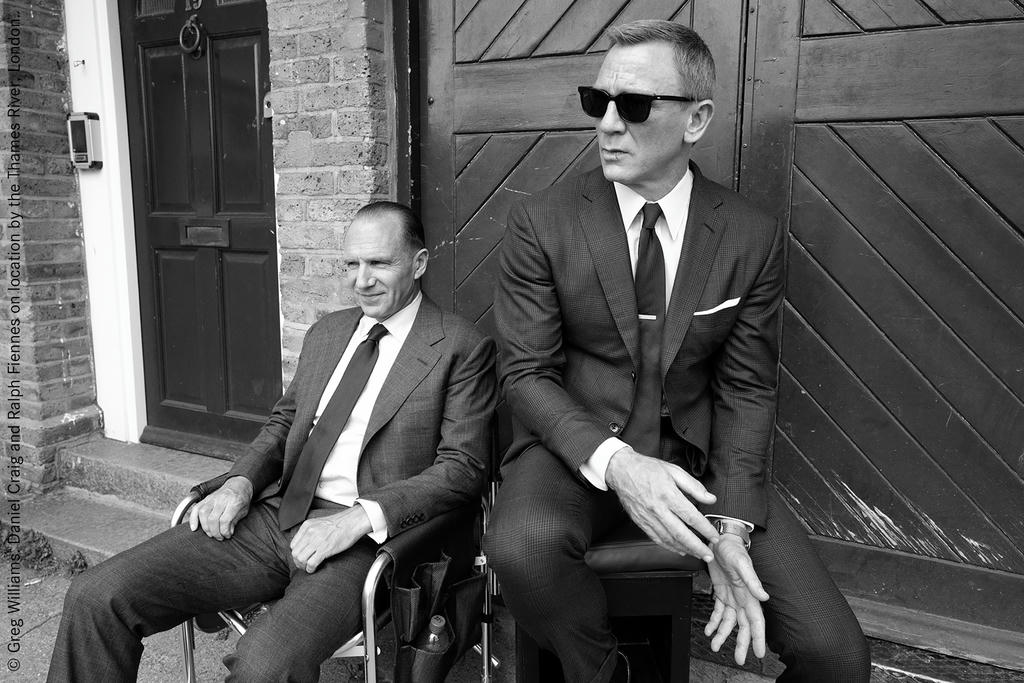
Ralph Fiennes and Daniel Craig on set during the filming of “No Time To Die”. Copyright Greg Williams.
A naive version of my past self dismissed his work for this reason. He was presenting blurred, out-of-focus images as some of his best! He had access to Hollywood’s bright and beautiful and still missed focus?! I was missing something…
I dug even deeper into his work, learning about his history as a photojournalist in conflict zones of Burma, Chechnya and Sierra Leone. His really gritty, hard-hitting editorial work for the Sunday Times, contrasted with silly and fun projects. After a particularly draining assignment his editor offered him carte-blanche for his next one, and William’s chose British cinema.
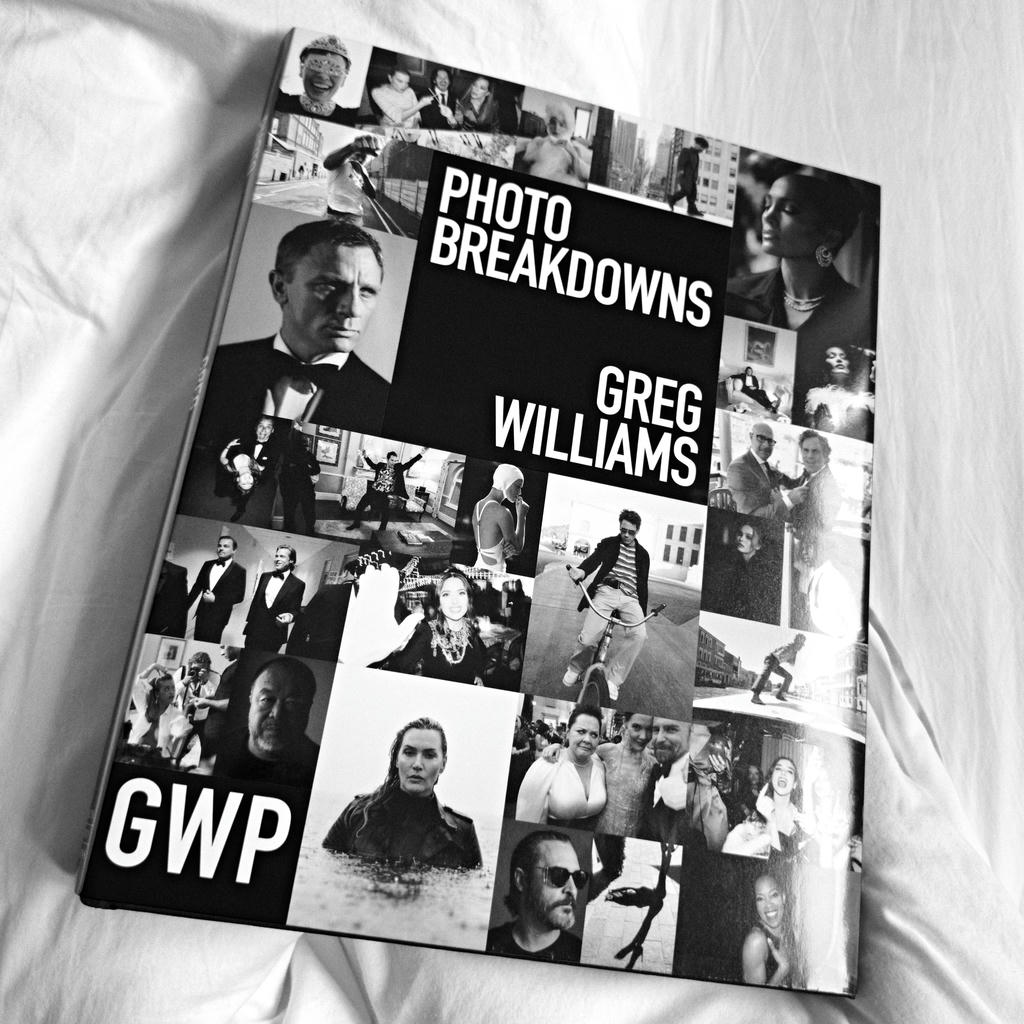
Skip forward roughly 16 years and Williams published his book “Photo Breakdowns”. Alongside this book, interviews and videos have fleshed out a really clear picture in my mind of what Greg’s work achieves and what sets it apart from other professionals work. In fact it shares all the best attributes of non-professional photography!
To begin with, his work at awards ceremonies was like any other photojournalist — very much an observer, taking candid shots, often from quite far away. These were shots where in his own words he was “stealing the moment, hiding behind the camera” with no engagement from his subject. It was the classic documentary style of photography that I’ve pursued (outside of family photos) since I started. That reportage aesthetic and authentic perspective has been my aim, with perfectly timed and composed shots of unscripted moments being the Holy Grail.
Weird, considering that I skimmed past all of Greg’s photos that matched this description. They didn’t hit home for me at all. Instead I was drawn in by the images where he is obviously a participant in the scene from behind the lens. The subject is engaging with him, with the camera, and there’s a deep connection between the two. This is the style that I associate with his images now, and it’s what I missed first time around.
“Great photography is about depth of feeling, not depth of field”
— Peter Adams
Instead of being a passive observer, Greg interacts with the subject — even directs them — to coax the image and the character out of his subject. He’s close, often with a small camera that he’s not even looking through. Instead, he’s reaching around to fist-bump or clink glasses, or pulling a silly face over the top of it. His images are about as far from what we collectively call photojournalism, but in many ways are more honest and true. They acknowledge his presence and that of the camera, and that this changes the dynamic.
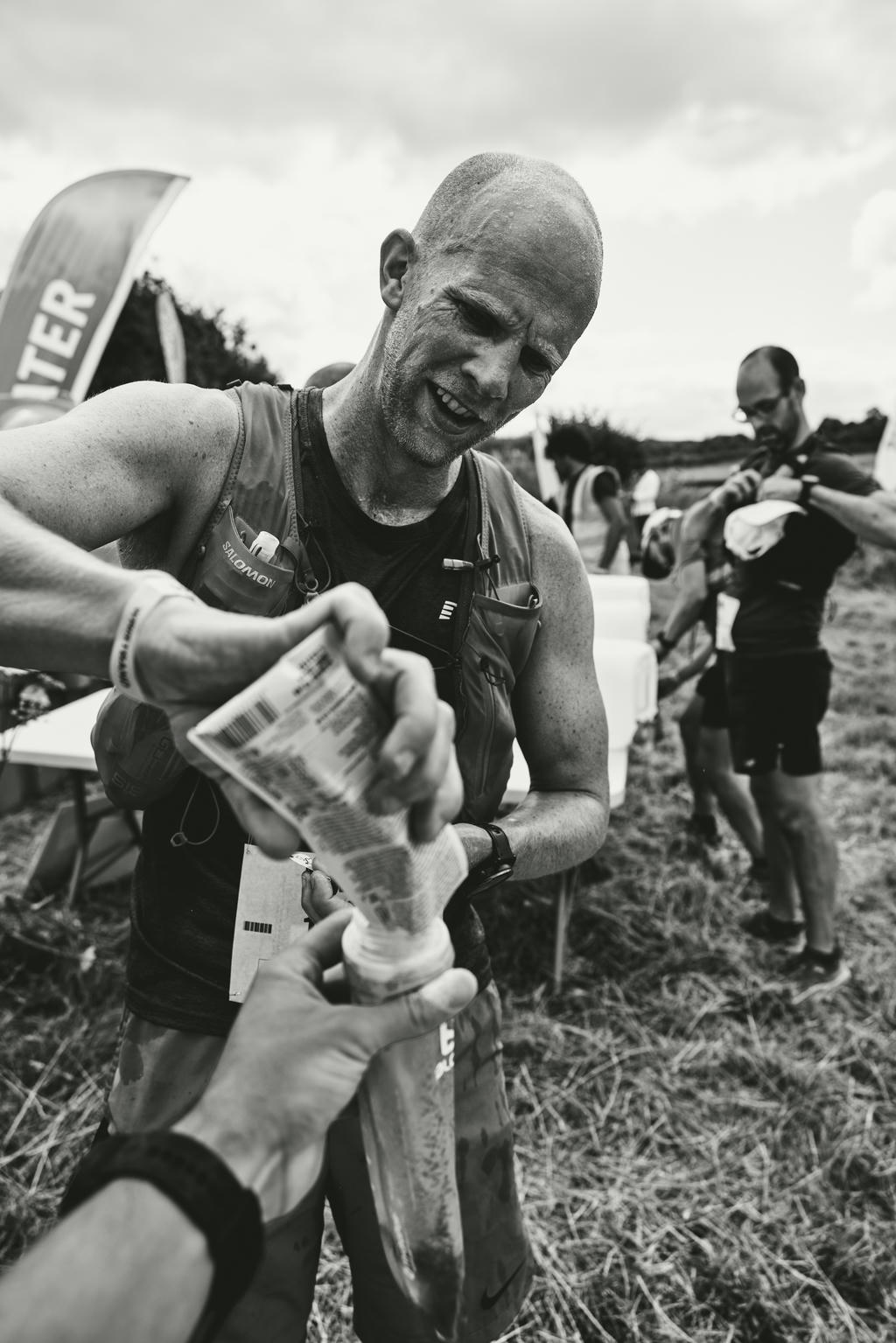
I chanced upon images like this previously, most often around friends and family, but occasionally on assignment. Over time these simple, one-point-perspective images where the subject is engaged with me and the camera have become my favourites; with a strong memory of the event etched into my brain.
Each photo in Greg’s book comes with some commentary on the image and simple metadata like camera, focal length, etc. It’s easy to spot when his new style started to cement itself as not only do the images change, but so does the equipment he uses and how he talks about the subject. You really feel the connection as you read his captions, and they add depth to the images. They are a memory, an event in two people’s lives. Certainly not an image that neither subject or photographer were particularly aware of having taken.
Watching behind-the-scenes footage of Greg work, it’s easy to see why! His interaction with the subject is all-consuming. During his — exceptionally short — shoots, there’s nothing else outside of him and his camera. To see a photographer work with such a strong presence in the room is peculiar, but the results are undeniable.Another photo from almost two years ago that I had passed over.
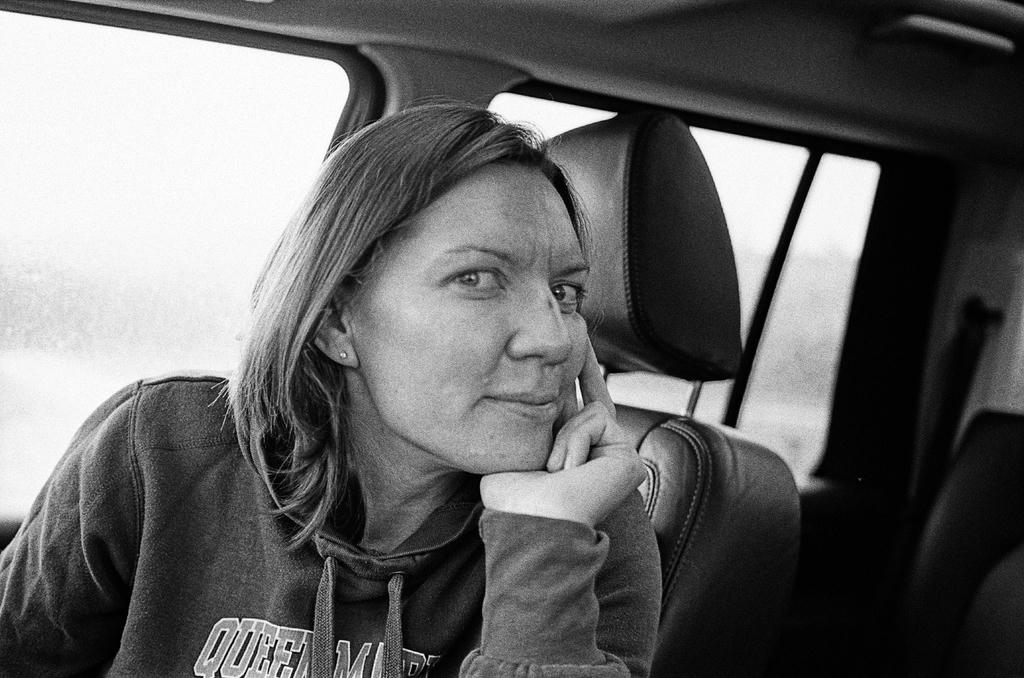
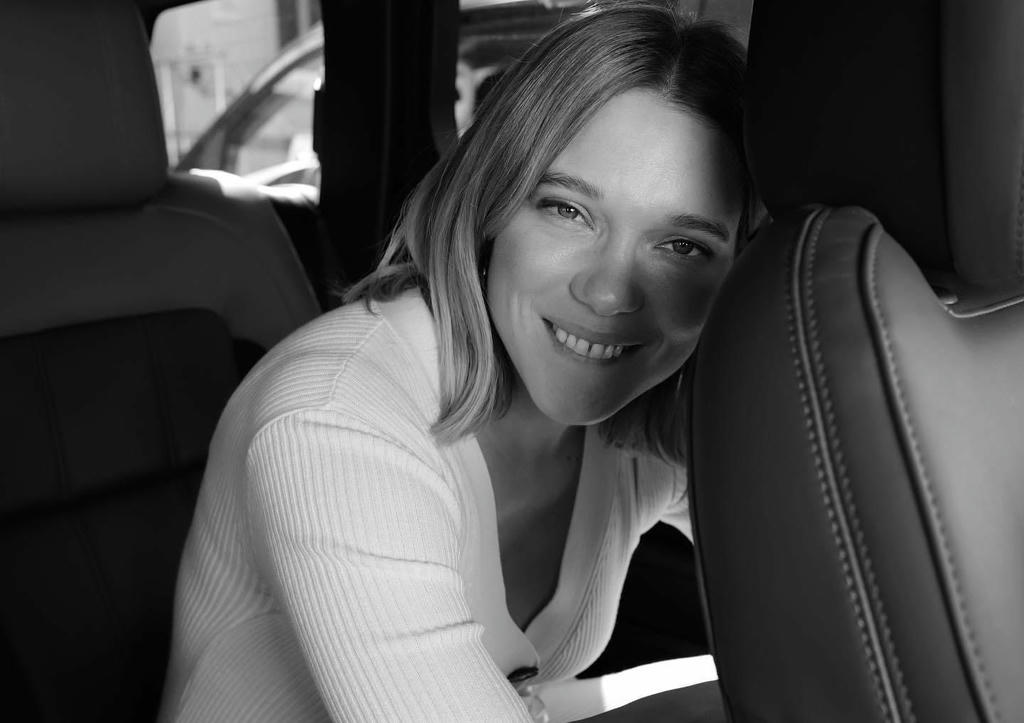
It’s not about the gear, but Greg makes mention of his Leica Q/Q2/Q3 so many times it’s hard to ignore. This up-close role is obviously one that the 28mm Leica excels at and is perfectly deployed in this use case. When an image is slightly out of focus, it will be because Greg isn’t looking through the viewfinder and checking the camera chose the correct focus point, instead he’ll be pulling a face or laughing to get the reaction you see. Arguably the photo only exists when one of these two things happen.
Greg’s other choice is a 75mm which works well for the headshots at the same working distance as the 28mm does for the wider shots. Both 28mm and 75mm are focal lengths I don’t have, and awkward on my camera; but beyond persevering with my 21mm more — a lens I chose to push me out of my comfort zone — I’ve been adopting Greg’s approach more in my demeanour whilst shooting and what I’m looking for during the edit.
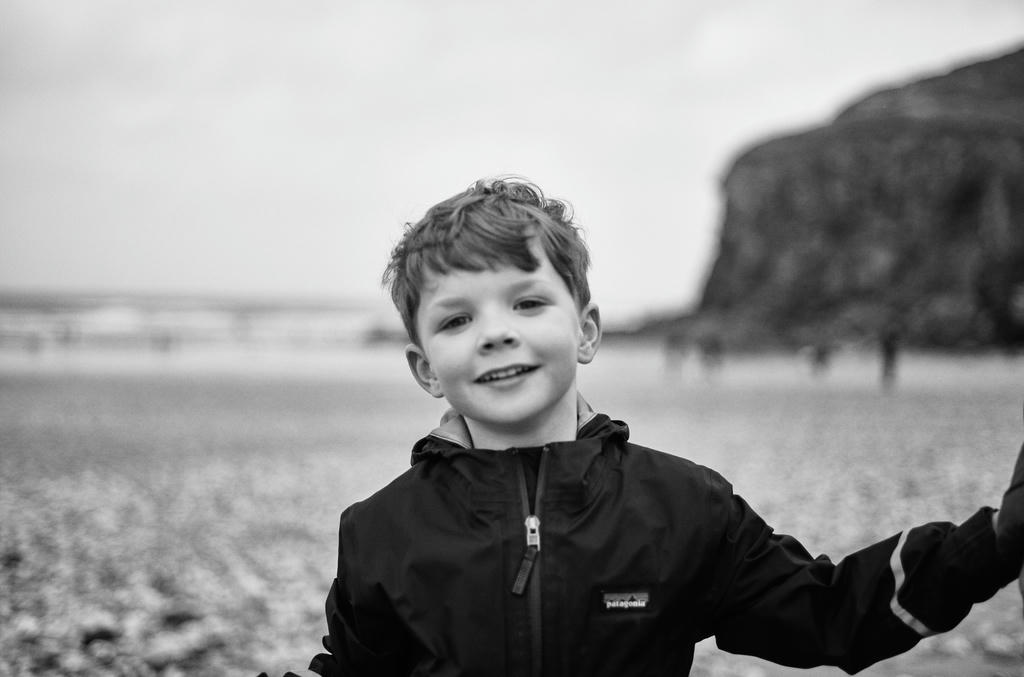
I would have skipped straight over this image previously — possibly even deleting it without thought due to the very soft focus. Having learnt to be less critical of technical flaws and instead looking for the feeling; it’s one of my favourites.

The photo above is perhaps my favourite image from recent years. It’s one of two photos I shot that day. At 21mm on my old Leica M2 loaded with Cinestill XX, I eyeballed the exposure and spent just long enough focusing to catch my wife’s eye as we sat down to lunches. It’s not a posed photo, but there’s an awareness of the camera that makes the image so much more engaging.
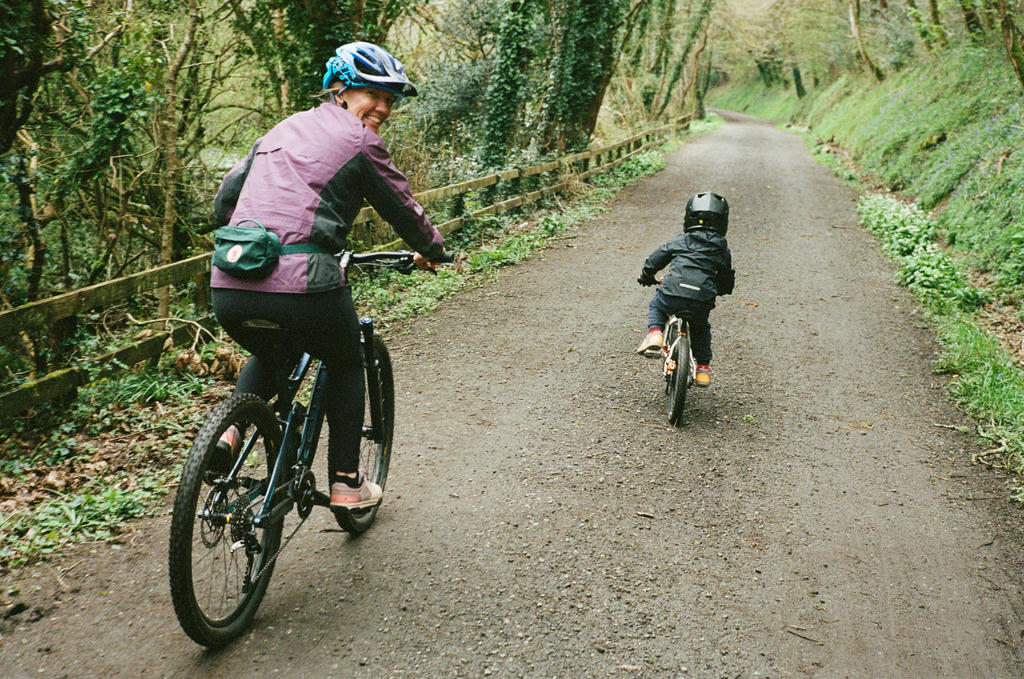
Greg is very open about how long it took him — years! — to be able to disarm and relax his subjects so readily. I can pull it off with those close to me, but to be able to walk into a room with a complete stranger and get that level of engagement is a skill that will take me much longer to master, and I can see why Greg considers his short, minute-or-less shoots such a point of pride.
His advice for learning this skill is that it comes through trial and (mostly) error. Always be talking, interacting and collaborating with the subject. He feels that most people take competent photos, but that it’s not enough and you need to have a unique perspective and singular voice in how you communicate that to the world. It’s clear that his perspective embraces people as they are, which draws out a level of intimacy and connection that is rare, even moreso amongst the celebrities he works with.
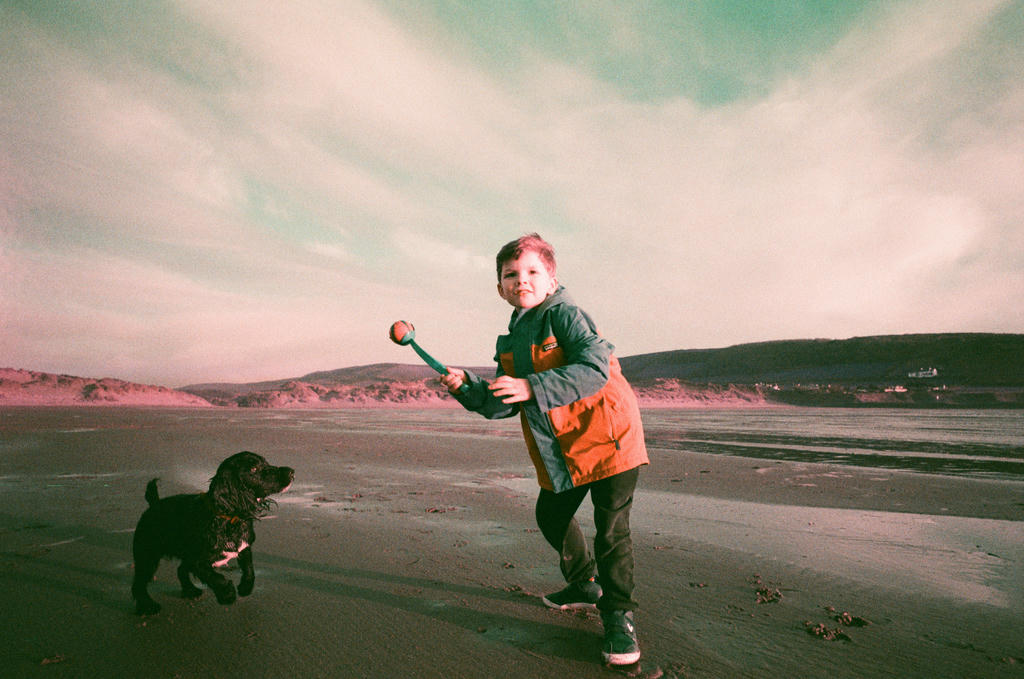
Personally, I don’t think you’ll encounter a photographer whose work better embodies the cheeseburger metaphor from “The Menu” than Greg Williams. In a fine-dining context the cheeseburger is out of place; but it’s so full of joy that it’s secretly the dish you’d rather eat. I’m certainly on the lookout for more opportunities to make cheeseburgers with my camera — OK I’ve taken it too far now!
If you’d like to learn more about Greg’s work then I can thoroughly recommend his book “Photo Breakdowns”, some videos of his on YouTube and even his course. The book “A Lesser Photographer” by CJ Chilvers is also full of ideas like this, as is his website. Both have helped me refine what I want out of an image.
I’d like to know what you think. Have you encountered Greg’s work before? Do you like it? How tortured was that cheeseburger metaphor?! Let me know with an email!